Cover of PhotoAsemic LandScapes by IUOMA member Borderline Grafix (Austin, Texas, USA)
October 3, 2014 - Borderline Grafix - perhaps best known at the IUOMA as President of DKult Texas (DKULTX) - sent me a package bursting with art, news and even a bit of history. I will take three blogs to share all the interesting material.
First, I am thrilled to share excerpts from a 12-page chapbook (aka TLP or even a zine) by Borderline Grafix titled PhotoAsemic LandScapes:
Borderline Grafix chooses photography as the medium for presenting asemics, and nature provides the source for symbols, syntax and structures that suggest language. During the big collaborative asemic book projects circa 2011-12, we coined the terms “eco-asemics” to describe artists who found their inspiration in the natural world. John M. Bennett (USA) was one notable eco-ascemicist during that time, and the idea captured the imagination of the late Guido Vermeulen (Belgium) who made many important and innovative contributions.
Above are two excellent, representative pages from PhotoAsemic Landscapes. Borderline Grafix applies a keen eye for images and has enhanced/altered the photos to give them a textual quality. Trees, in particular, appear frequently in the book providing both linearity suggesting language as well as complex organic formations that look like cursive writing.
While clearly representational, distortion and other devices bring the images to near abstraction, I think, revealing a perspective on the nature of representation and blurring distinctions between image and text. Much eco-asemic work I have seen employs documentary nature depiction, such as close studies of wood grain, for instance. Borderline Grafix is distinctive in terms of the degree of image manipulation.
Above is the back cover of PhotoAsemic Landscapes by Borderline Grafix. Some critics (I call them the asemically correct) question whether found materials, including natural materials displayed in various ways as eco-asemic, have true validity as asemic writing. They insist asemic writing can only be symbols made on a page by a human being and conforming to a narrow definition. By providing a context, Borderline Grafix invites us to see the work in the book as asemic and consider the possibilities where, ordinarily, we might not look. I believe the result is highly success; and as I revisit the book, I find more and more of interest and meditate more and more on the primal relationship of nature to language.
Borderline Grafix is also a master stamp maker and included this compelling sheet in the package:
The x-ray stamps continues the perceptual theme established in PhotoAsemic LandScapes: The artist asks us to look deeply into and below the surface of commonplace things. The envelope is a masterpiece as well:
It’s almost as big as Texas and had to be scanned in two parts:
Stay tuned for more work by Borderline Grafix in the days ahead! I offer deepest thanks to Borderline Grafix for sending this wonderful work, and I hope others enjoy it as well.
Comment
-
Comment by Terry Owenby on October 8, 2014 at 6:05pm
-
I understand how asemics could become addictive. :-)
-
Comment by De Villo Sloan on October 7, 2014 at 8:07pm
-
Above: Found asemics posted by John M. Bennett in the asemic writing group (3.31.2014).
Terry, another by JMB - yes, collecting found asemics can be addictive, like collecting Trashpo. You start seeing asemics everywhere. Moan Lisa once posted: "Everything is asemic." (I think that was probably after pondering the theory too long and too hard.)
-
Comment by Terry Owenby on October 7, 2014 at 6:29pm
-
"Found asemics"...awesome photo depicting this below. Love the idea!
-
Comment by De Villo Sloan on October 6, 2014 at 4:53pm
-
In addition to eco-asemics, we also came up with a "found asemics" classification in the asemic writing group. "Found asemics" would be chance or random asemic shapes found, often, in the urban landscape & might be shaped by nature but not necessarily. Some Trashpo has found asemics. John M. Bennett opened our eyes to found asemics. Here is one of his postings:
-
Comment by De Villo Sloan on October 6, 2014 at 4:36pm
-
Thanks for that great observation, Carmela. I opt for a broader definition of asemics, and this positive response BG is getting indicates others are intrigued with the expanded def as well.
Above is a pic from the asemic writing group posted by Guido Vermeulen on April 24, 2013. He specifically identifies this as "ecoasemics." While I know some disagree, I think anyone can find asemic symbols (or maybe better to call them asemic shapes) in nature. After all, isn't it very likely that nature inspired written language, provides - as Carmela discusses - a common source of image-text-symbol? Guido was a strong supporter of this idea. Incidentally, there is fantastic work by GV running through the main thread of the asemic writing group - a record of his contributions to asemics.
-
Comment by Carmela Rizzuto on October 6, 2014 at 1:24pm
-
DeVillo--Thanks for your insightful comments on this unusual approach to asemic imagery. IMHO, text is imagery, which broadly defined, includes symbols. So this approach by BG certainly expands the narrower definition of asemic art.
-
Comment by De Villo Sloan on October 4, 2014 at 8:17pm
-
Glad you like it, Terry, Well, this is IUOMA, so maybe you can exchange some mail-art with BG. He seems very prolific to me. I still have two more blogs worth of his work to post. Thanks for your comment!
-
Comment by Terry Owenby on October 4, 2014 at 5:28pm
-
Thank you for sharing "PhotoAsemic LandScapes". I thoroughly enjoyed it.
-
Comment by De Villo Sloan on October 4, 2014 at 1:45pm
-
Thanks, Jack - I am hoping to receive some of your vispo-asemics one of these days.
Thanks, Carina. You've become one of the great current boekie makers! So high praise for BG.
Hi Rebecca, PhotoAsemic Landscapes is composed of folded, standard 8.5 x 11 inch pages or A5 pages. It has 12 pages including cover and back. I no clue as to how many have been made.
What new word? I consider it a chapbook, but in terms of mail-art it could be a TLP (Tacky Little Pamphlet) as well. There's nothing negative about the TLP, despite what the name might seem to suggest. John M. Bennett has popularized it so much that it's practically a standard term.
-
Comment by Jack Oudyn on October 4, 2014 at 10:42am
-
Yes wonderfully beautiful work.
© 2025 Created by Ruud Janssen.
Powered by
![]()

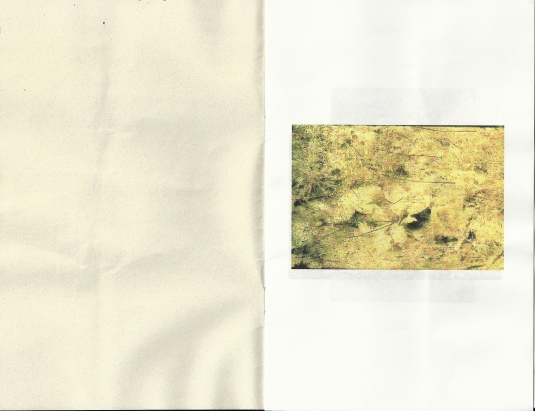
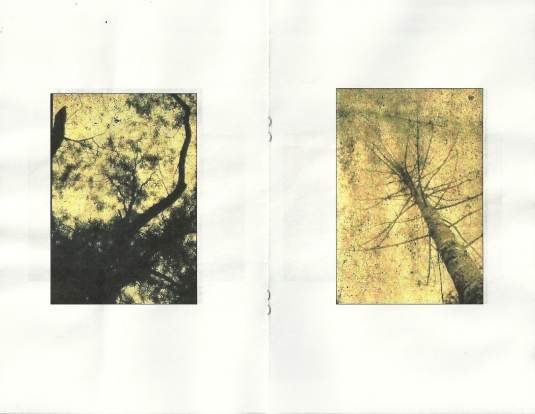
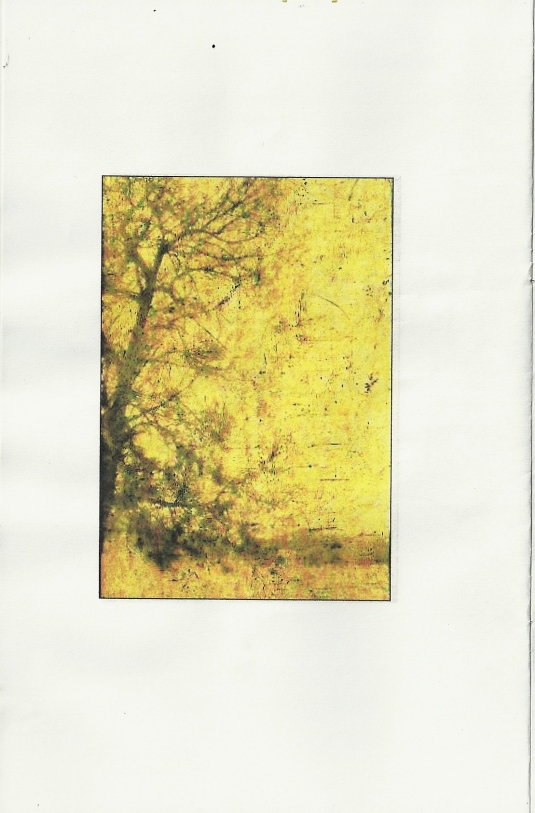
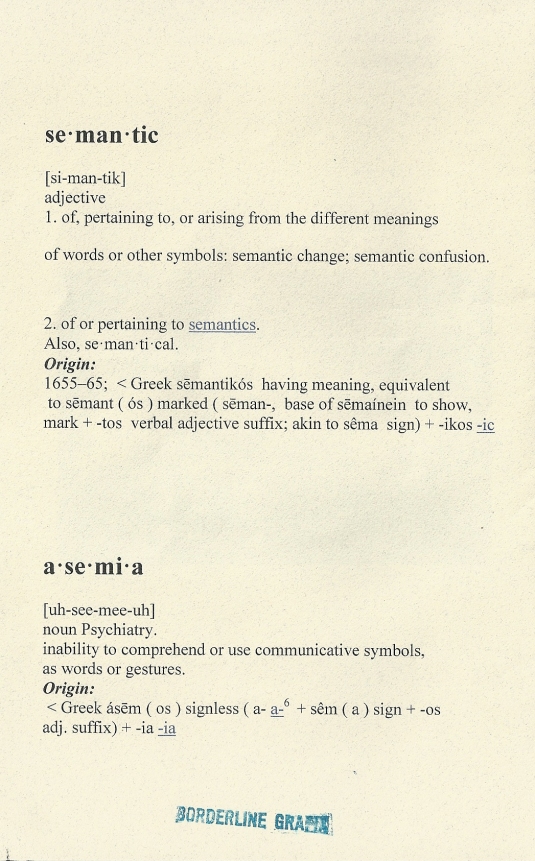
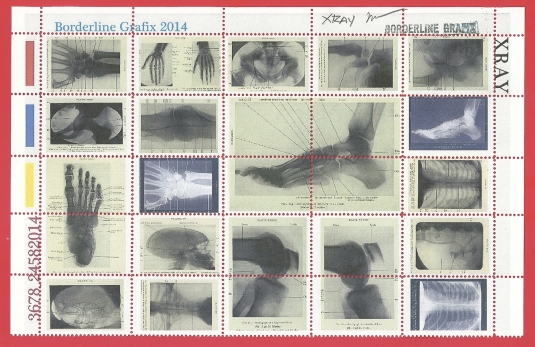

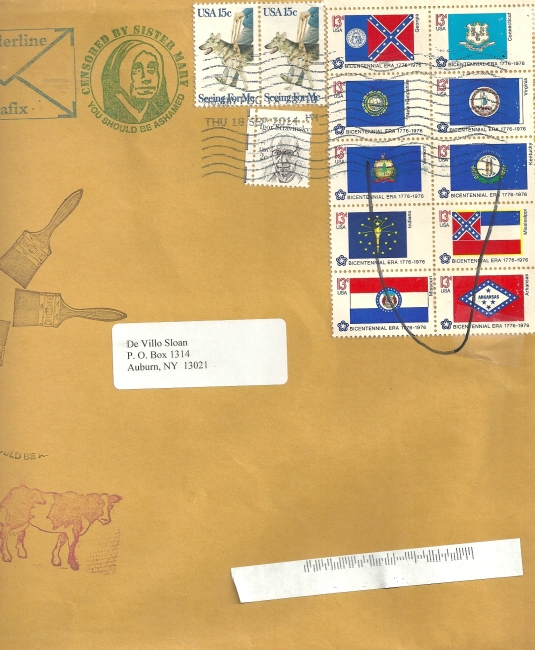
You need to be a member of International Union of Mail-Artists to add comments!
Join International Union of Mail-Artists